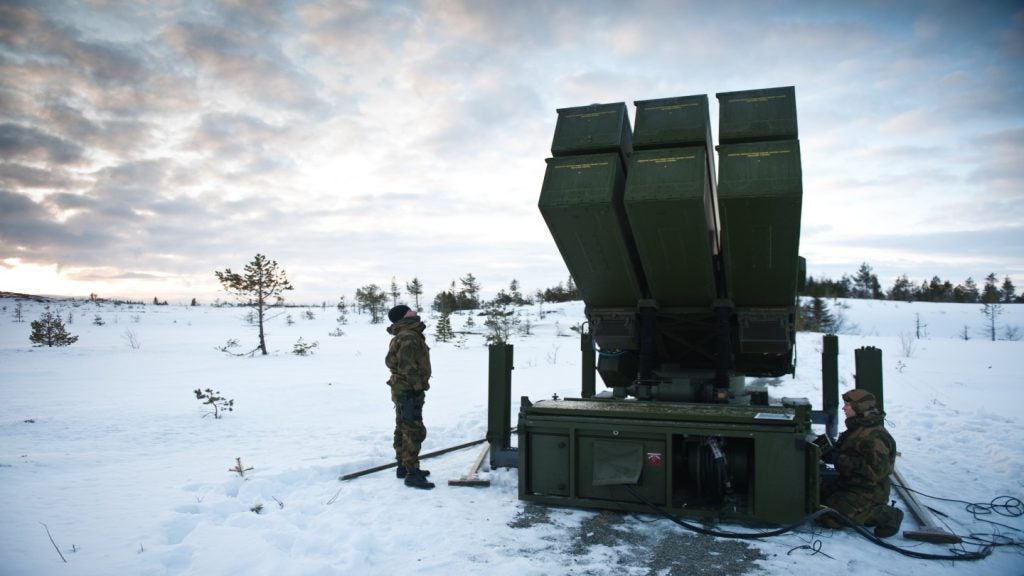The Taipei Economic and Cultural Representative Office (TECRO) is seeking to acquire advanced air defence systems and radars via the foreign military sale route from the US.
Approved by the US State Department, the potential sale includes the National Advanced Surface-to-Air Missile System (NASAMS) and related equipment at an estimated cost of $1.16bn (T$37.2bn).
TECRO has requested to purchase three NASAMS medium-range air defence systems, including three AN/MPQ-64F1 Sentinel radars, 123 AMRAAM-ER missiles, two AMRAAM-C8 guidance sections, and four MIDS.
The request also covers fire distribution centres, cannister launcher systems, EO/IR systems, tactical control centre systems, spare parts, classified software, and additional support, among others.
Raytheon is named as the principal contractor for this sale.
NASAMS is a mobile air defence platform intended to protect various assets, such as air bases, ports, military personnel, and civilian communities.
It is a product of collaboration between Kongsberg and Raytheon in the US, has seen extensive use, being deployed in 13 countries.
Recently, Norway, Lithuania, and the US have strengthened Ukraine's air defence systems against Russian threats by providing donations and selling NASAMS.
Separately, TECRO has also requested an estimated $828m sale of AN/TPS-77 and AN/TPS-78 radar systems, along with spare parts, training, logistical support, and related services, among others.
The US Defense Security Cooperation Agency has already notified Congress of these possible sales.
The arms package supports US interests by aiding the recipient’s military modernisation and defensive capabilities, enhancing regional security and stability.
It will improve air defence and regional security, while also promoting interoperability with the US. This sale also aligns with US policies and serves national, economic, and security interests by aiding TECRO's efforts to modernise its military and maintain a credible defence.
The radar systems are expected to enhance TECRO's air surveillance capabilities, addressing both current and future threats.
The US Air Force is set to procure these radars, with no offset agreements disclosed.









